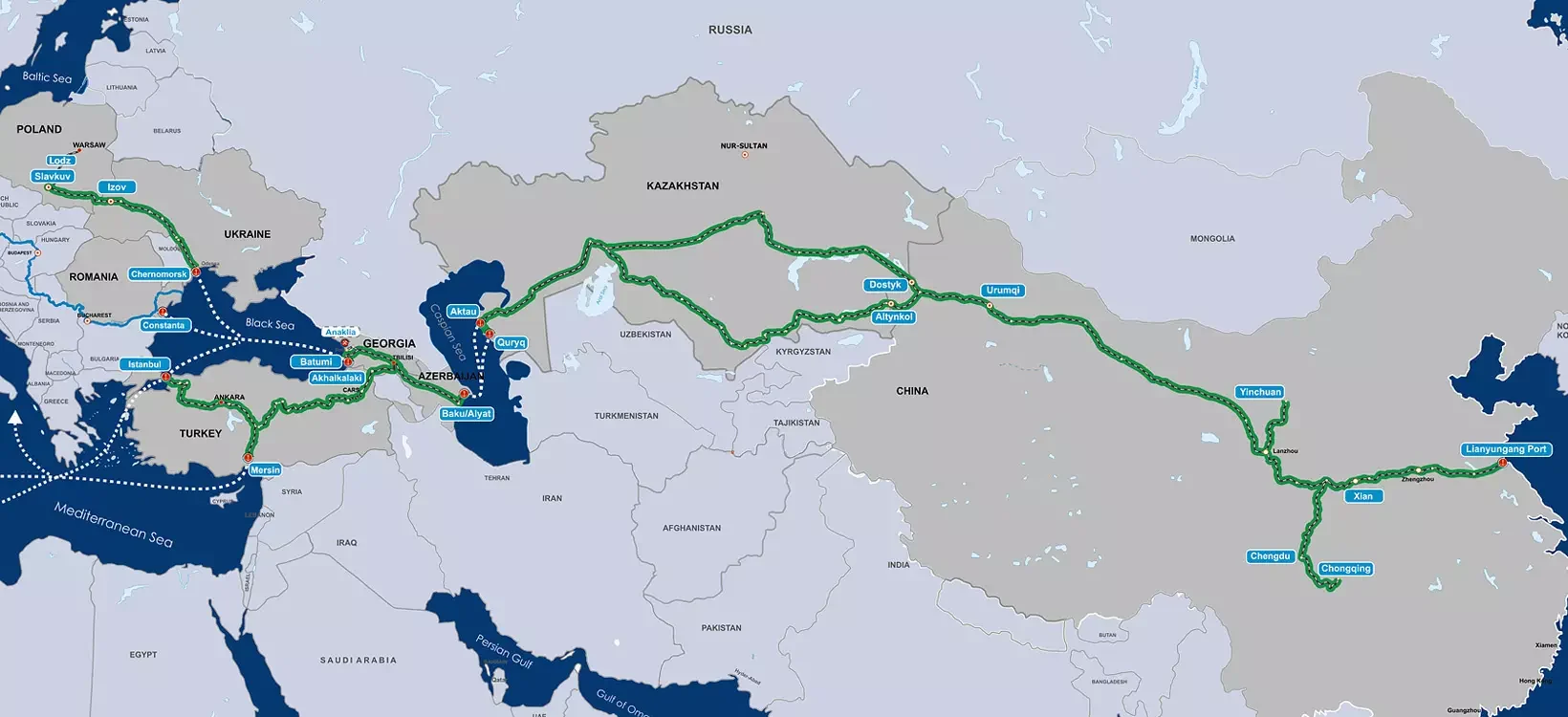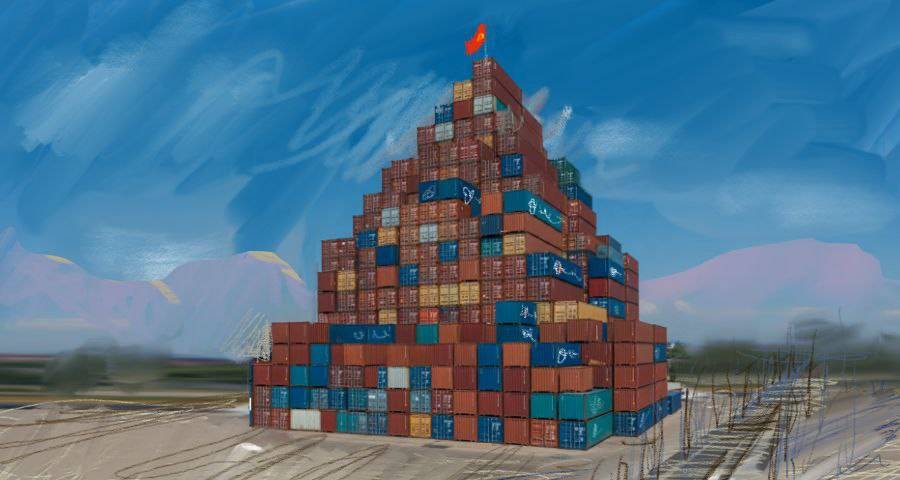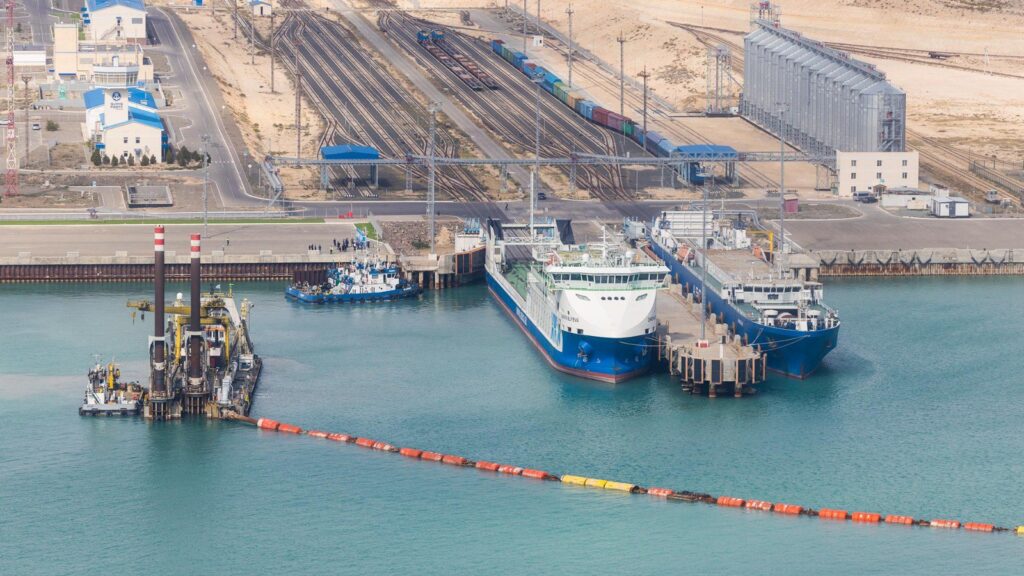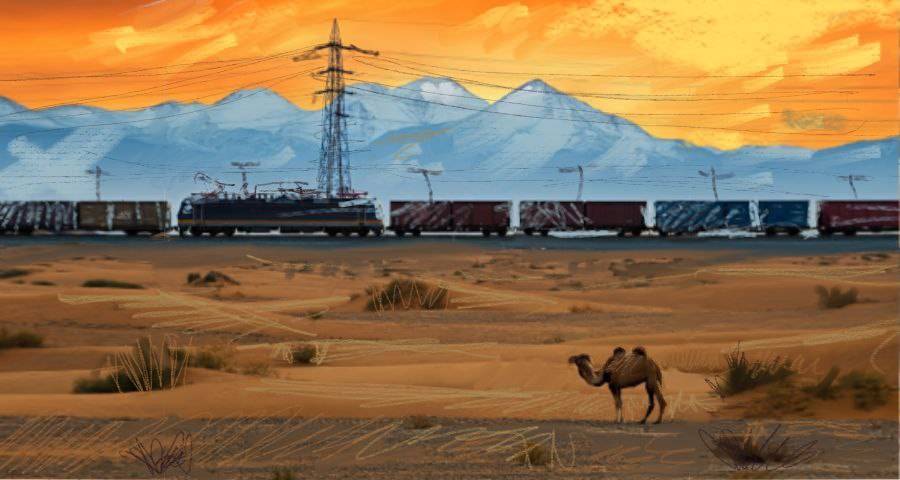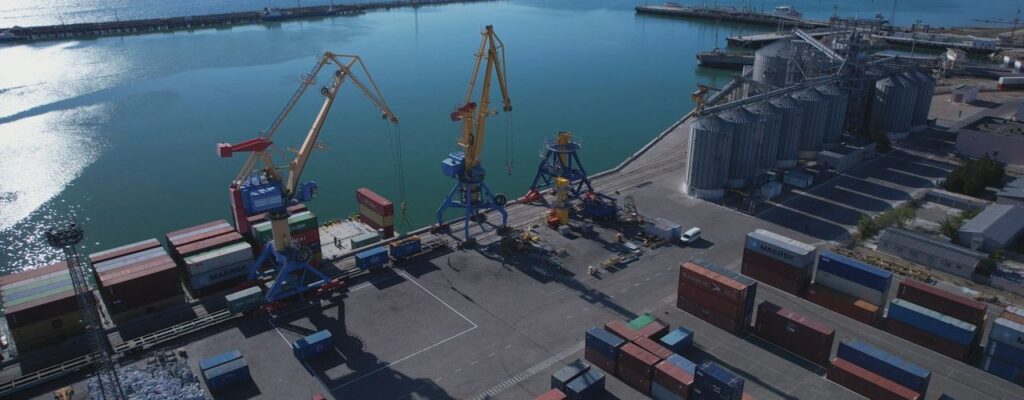In light of the current geopolitical situation in the world, many countries are puzzled by the search for new alternative transport routes. One of these is the Trans-Caspian International Transport Route (TITR), which runs through China, Kazakhstan, the Caspian Sea, Azerbaijan, Georgia, and further to Turkey and European countries.
New transport corridors through which goods and raw materials can be exported by all modes of transport are a vital task for many countries, today. Such routes must first of all be safe, beneficial to all partners, and economically feasible. The TITR, or the “Middle Corridor”, as it is also called, falls into these criteria. It was conceived more than ten years ago and began operating in 2017. In recent years, this route has been experiencing a new round of development, and this is not surprising since it connects East and West whilst bypassing Russia.
Today, this is a flagship cooperation project for many states. This transport artery, connecting China, Central Asia and Europe, can become a continental bridge of the Belt and Road, halving the time of cargo transportation and significantly reducing transport costs.
The route encompasses 11,000 km of rail, and includes ten seaports. It originates in China at the port of Lianyungang, passing through Xi’an to Urumqi, through Kazakhstan – from the dry ports of Khorgos and Dostyk – to the ports of Aktau and Kuryk, the Azerbaijan (port of Alyat), Georgia (Tbilisi), and then through the Black Sea it continues onto Europe.
It is noteworthy that this route is multimodal, that is, rail, sea and road transport can be used. The current capacity of the Trans-Caspian international transport route is 6 million tons per year. By 2025, it is planned to reach a level of 10 million tons per year. So, the potential is great.
Assessing all possibilities, interested states intend to invest financial resources in the further development of this corridor and the expansion of its port and railway infrastructure, which will have a positive impact on the quality of services provided and reduce transportation times. Each side – China, Turkey, Azerbaijan and Kazakhstan – has its own benefit, and these countries have something to offer each other in much larger volumes than the current supplies. China intends to develop its western provinces, providing them with access to regional markets. Azerbaijan sees an opportunity to strengthen its transit role and become the largest transport hub. Türkiye, in turn, continues to extend its influence in Azerbaijan and Central Asia.
As for Kazakhstan, there are fears that attacks by the Ukrainian Army on Russian oil refineries could lead to a blockage of the Caspian Pipeline Consortium (CPC), which supplies Kazakh oil to international markets. In this regard, a huge amount of work is being done to diversify, and the Trans-Caspian International Transport Route comes in handy here. The Kazakh company, KazMunaiGas has already purchased tankers, and there are agreements with Azerbaijan on access to the Baku-Supsa and Baku-Tbilisi-Ceyhan pipelines, through which Kazakhstan can transport about 2 million tons of oil.
But the fundamental purpose of transit along the TITR is an opportunity for all participants to enhance their advantageous geostrategic location. EU countries are extremely interested in the development of this corridor, since it can facilitate the delivery of goods from China, bypassing Russia, and transportation time will be halved.
During the recent March meeting of the Business Council as part of the state visit of Kazakh President Tokayev to Baku, it was noted that in January 2024, the volume of cargo transportation along the Trans-Caspian route increased 2.5 times compared to the previous year. At the same time, the transit of Chinese containers has tripled.
The geography of the route is constantly expanding; the membership of the Association has increased to 25 companies and is already represented by 11 countries.
In their recent study, “Medium Trade and Transport Corridor,” World Bank specialists came to the conclusion that from a trade and economic point of view, the TITR primarily allows diversifying trade routes and improving transport accessibility for Azerbaijan, Georgia and Kazakhstan. World Bank analysts predict that in a scenario that involves increasing the operational efficiency of the Middle Corridor, it is expected that by 2030 the volume of transportation through the Caspian Sea will triple compared to 2021 and amount to 11 million tons. According to them, about 4 million tons will be driven by the projected demand for container shipping.
According to the European Bank for Reconstruction and Development, the potential of the corridor could be increased to 26 million tons by 2040, but this will require investment by Central Asian countries in the infrastructure around the route in the amount of 18.5 billion euros.
Following negotiations with the Asian Development Bank, agreements were reached on the allocation of a grant for the development of a strategy for the further development of the TITR route in 2024.
In essence, the Trans-Caspian International Transport Route is a revival of the Great Silk Road in modern realities, including such a relevant component as the “Digital Silk Road.” This large-scale project of laying a fiber-optic communication line along the bottom of the Caspian Sea will provide for the creation of a new digital telecommunications corridor between Europe and Asia.
Raza Syed is journalist of Pakistani-descent based in the U.K. with over three decades of international experience; his expertise span several countries, with a particular focus on Central and South Asia.
